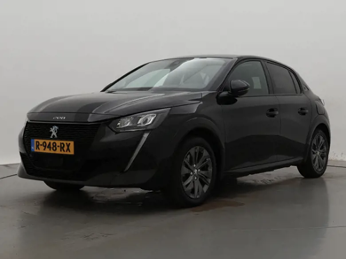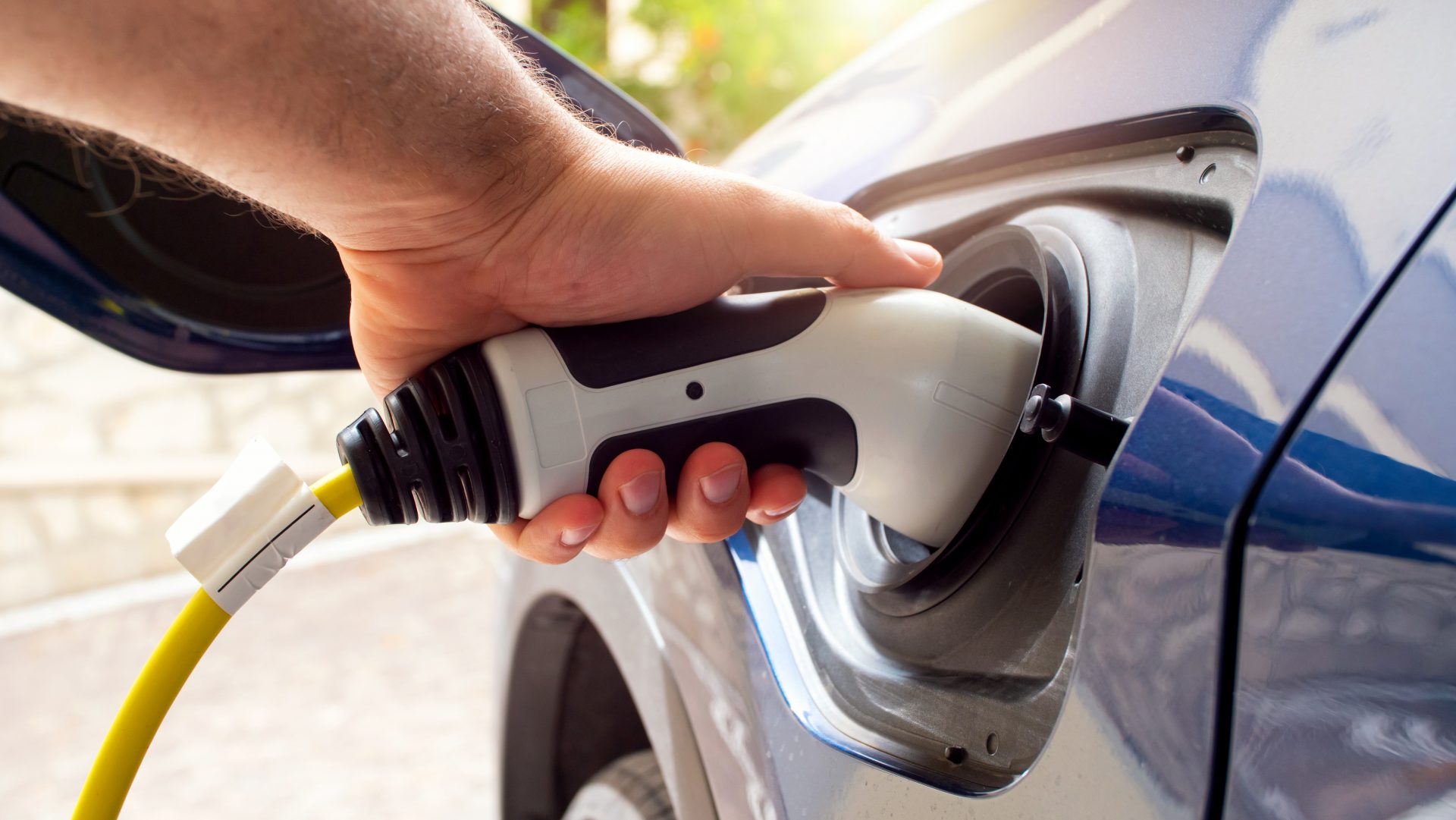The facts and fables surrounding an electric car
As of 1 January 2023, a total of 312,129 electric cars were registered in the Netherlands. On 1 January 2020, this number was less than 108 thousand. The increasing popularity is mainly due to the degree of environmental friendliness and the various tax benefits that electric driving entails. However, many counterarguments are also given, which mainly relate to the higher purchase costs, the range and the amount of maintenance. But are they all right?
In this blog you can read the most important facts and fables in the field of electric driving.
Contents
#1: Purchasing an electric car is more expensive
It is a fact that an electric car is more expensive to purchase. Figures from RDC – the abbreviation for RAI Documentation Center – show that the average price we paid for a new electric car in the Netherlands in 2022 was around 51,000 euros. In that same year you pay an average of 33 thousand euros for a car that runs on petrol. For a diesel car, the purchase value was around 64 thousand euros. The biggest difference between electric vehicles and cars that run on fossil fuels can be seen in the A and B segments. The higher in the segment, the more expensive the petrol models are. The difference in purchase price between an electric car and a car that runs on fossil fuel is therefore smaller in the more luxurious segments.
To encourage electric driving, it is possible to apply for a subsidy as a private person until 2025 when you buy or lease an electric mid-range car. The amount of subsidy is determined annually. In total, you can receive a maximum subsidy of 2,950 euros for the purchase of a new electric car. This is 2,000 euros for a second-hand model. In short, an EV is more expensive to purchase, but with a subsidy the difference is reduced.
Favorite new electric passenger car with subsidy
The DS Automobiles DS3 is our favorite electric car in new condition, suitable for the SEPP scheme. The luxury brand DS belongs to the well-known and beloved parent brand Citroën. The chic appearance of this luxury SUV is reflected in the interior. For example, the seats include the so-called ‘fat cheeks’. This makes long journeys even more pleasant.
The Automobiles DS3 has an electric powertrain, with an average range of 320 kilometers. The maximum power of the motor is 100 kW. When you convert this, this amounts to 136 hp.
Favorite second-hand electric passenger car with a subsidy

Our favorite second-hand electric passenger car that qualifies for the subsidy scheme is the Peugeot e-208. When you compare it with the other range of EVs, this vehicle cannot be called the most expensive.
However, you can easily cover relatively large distances thanks to a range of up to 340 kilometers. In practice, this means an average range of 300 kilometers with one charge. Is the battery empty? Thanks to the so-called fast charging option, it is possible to charge your battery to 80 percent within half an hour.
#2 Traveling long distances is practically impossible with an EV
It is a myth that an electric car cannot cover long distances. With an electric car, the range, also known as the range, is considered. Ultimately, these terms come down to the same thing: the distance you can cover on one battery charge.
Just as with vehicles that run on fossil fuel, the same applies to an electric vehicle: the larger and heavier the car, the higher the consumption. In addition, a smaller battery pack fits in a compact car than in a larger car. The airflow, the weather, the route you travel and the use of the air conditioning or heating also affect the actual consumption. On average, the range of large electric vehicles amounts to 425 kilometers, to 310 kilometers for medium-sized cars and 230 kilometers for small cars. With an electric vehicle it is therefore certainly possible to cover longer distances and that does not always cost you tons of extra time. Exactly how many kilometers you get with one battery charge depends on the range of your vehicle.
#3 Electric car needs less maintenance
It is a fact that an electric car requires less maintenance than a car that runs on petrol or diesel. Why is this? An EV has hardly any rotating engine parts. For example, you will not find spark plugs, gearbox, engine oil or filters in a 100% electric car. With a plug-in hybrid you do not benefit from less maintenance compared to a diesel or petrol car, since these cars have both an electric motor and a combustion engine under the hood.
With an EV you will have the greatest maintenance on your battery. The capacity of the battery decreases on average by 1 to 2% per year. Under normal circumstances, it is expected that the battery will last about 10 to 20 years before replacement is necessary. Car manufacturers often explain how best to deal with the specific battery. For example, it is recommended not to continuously charge your battery and not always to use the fast charging option. This makes the battery lazy, just like with your smartphone. Less maintenance applies to all electric vehicles when compared to the maintenance required by a petrol or diesel vehicle. The brands BMW, Nissan and Opel are known for their reliability and low maintenance costs. With these strong car brands you can drive carefree and cheap electrically.
Want to know more first? Read all about charging times, range and batteries of electric vehicles here.



